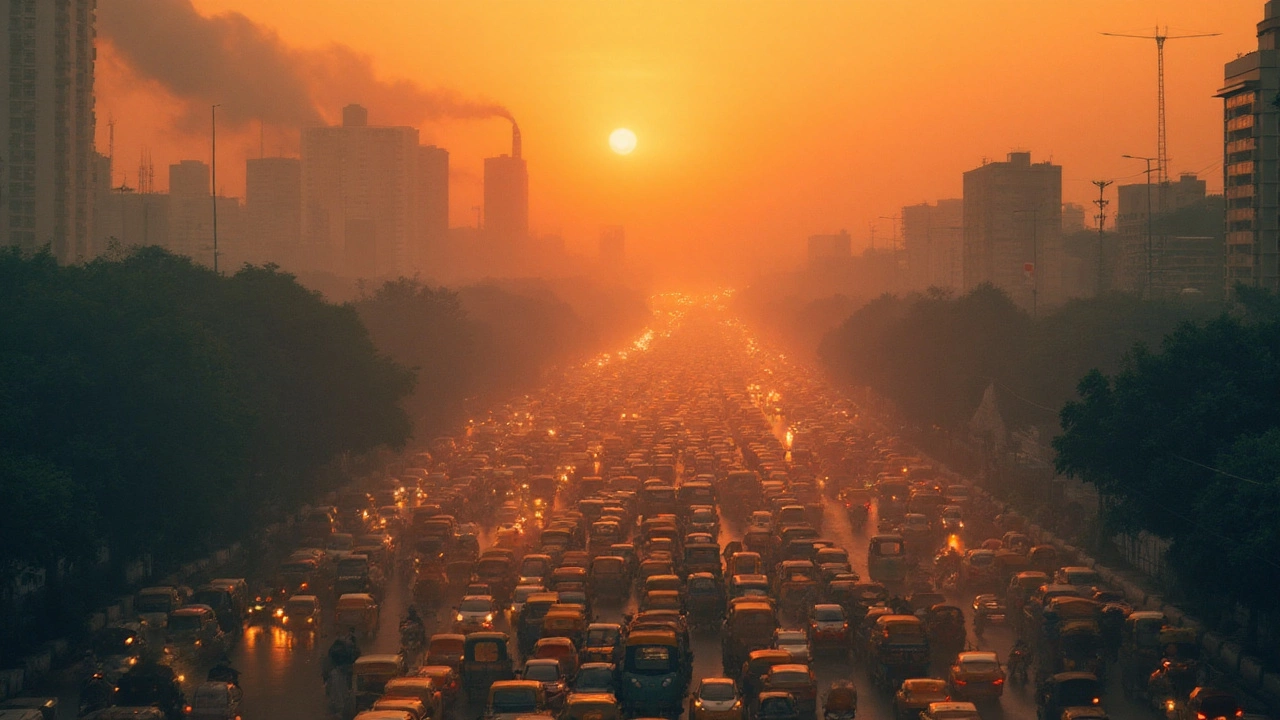Fossil Fuel Consumption: Why It Matters and What’s Changing in India
When we talk about fossil fuel consumption, the burning of coal, oil, and natural gas to generate power and run transport. Also known as hydrocarbon energy use, it’s the main reason India’s cities struggle with smog and its climate goals feel out of reach. Every time a power plant burns coal or a truck runs on diesel, carbon dioxide goes into the air—and with it, health risks, rising temperatures, and long-term economic costs.
Fossil fuel consumption isn’t just about energy—it’s tied to jobs, prices, and policy. But here’s the shift: renewable energy, power from sources like sunlight and wind that don’t run out or pollute is now cheaper than coal in most parts of India. Solar panels cost less to install than building new coal plants, and wind farms produce electricity at half the price of diesel generators. This isn’t theory—it’s happening in villages, factories, and city grids right now. And it’s not just about saving money. carbon emissions, the greenhouse gases released when fossil fuels burn are dropping in places where solar and wind took over. Delhi’s air quality improved after coal plants near the city shut down. Gujarat’s factories now run on solar, cutting both bills and pollution.
The transition isn’t perfect. Coal still powers half of India’s electricity. Millions depend on fossil fuel jobs. But the writing is on the wall: clean energy, energy systems that produce little to no pollution or emissions is no longer a future dream. It’s the smarter, faster, and cheaper choice. From rooftop solar in Tamil Nadu to green hydrogen pilot projects in Rajasthan, the country is moving. You’ll find real stories here—how communities switched, what failed, what worked, and who’s leading the change. No hype. Just facts, costs, and the people making it happen.




